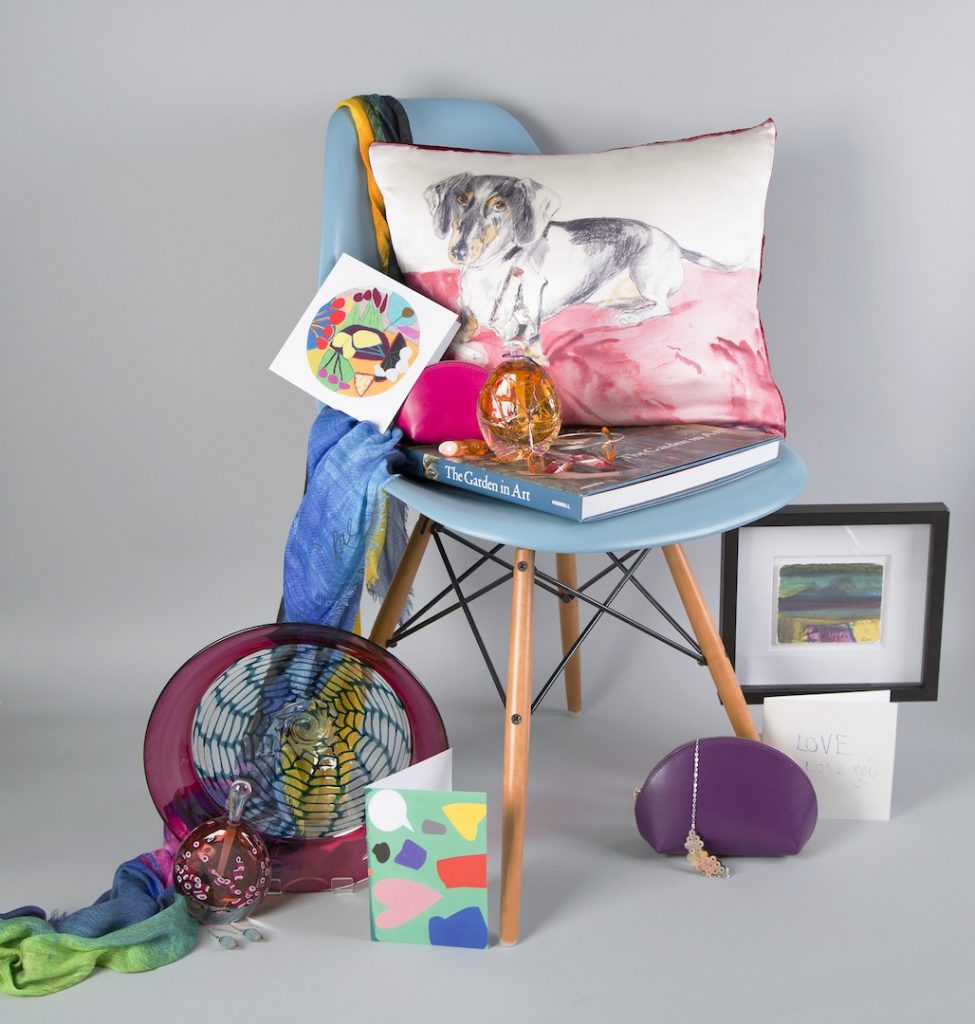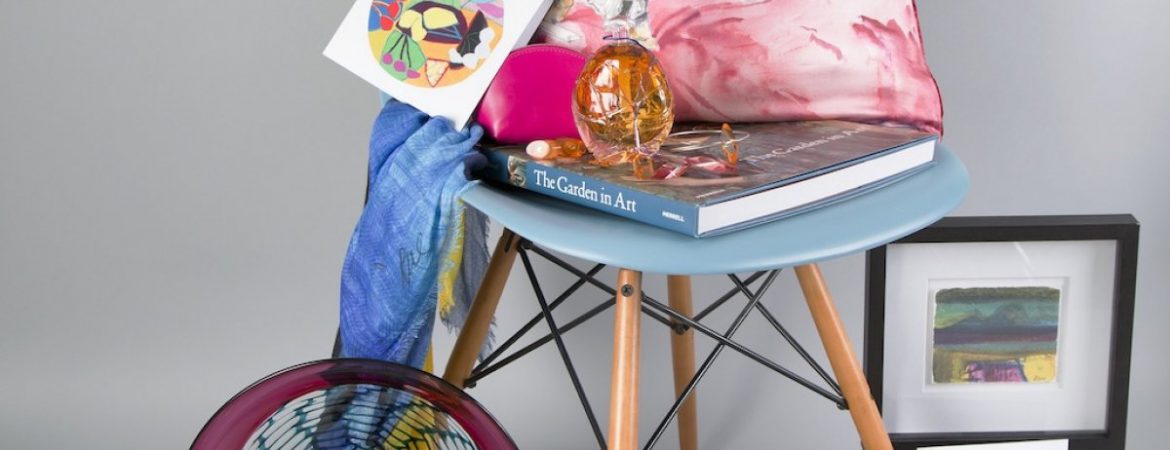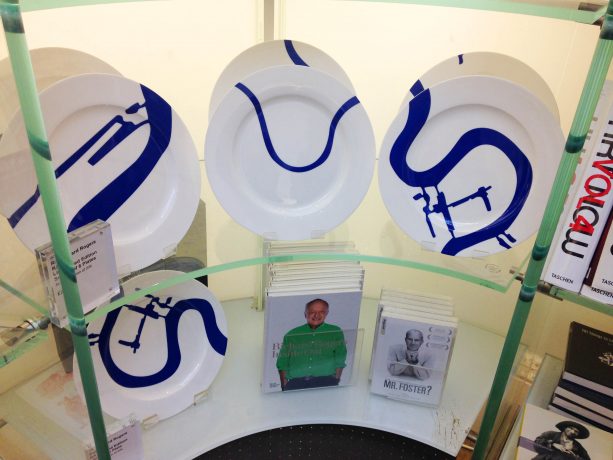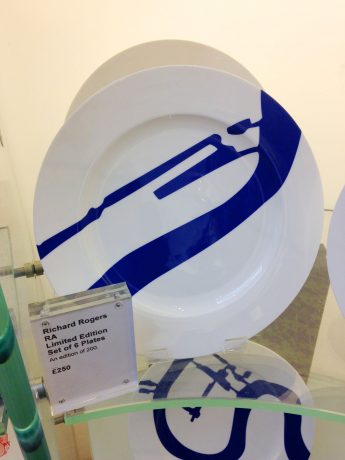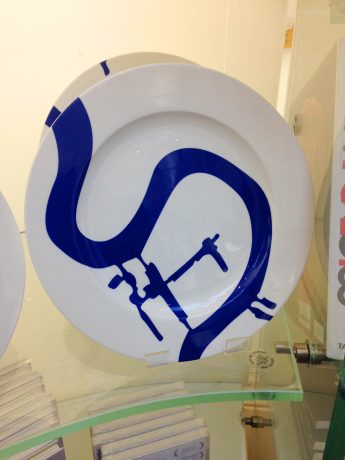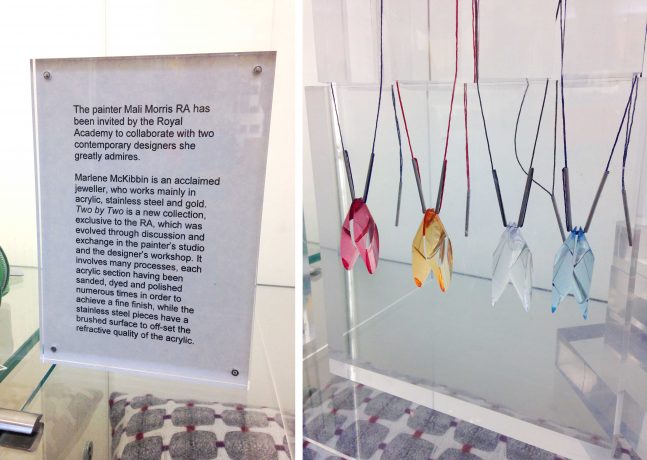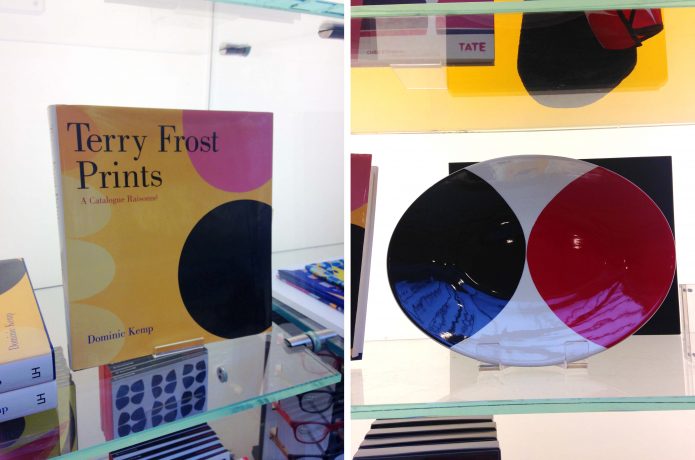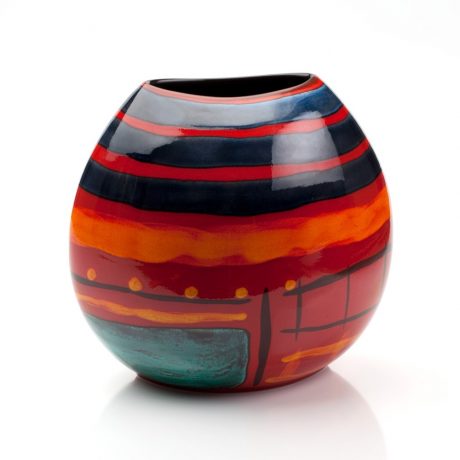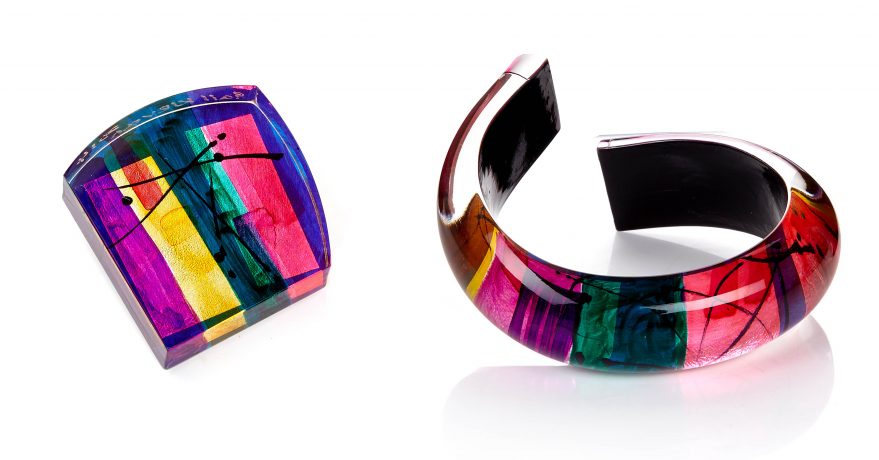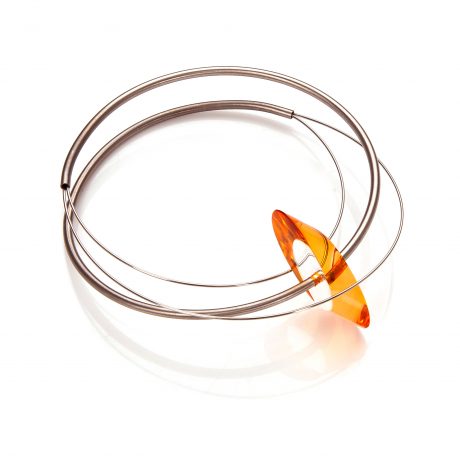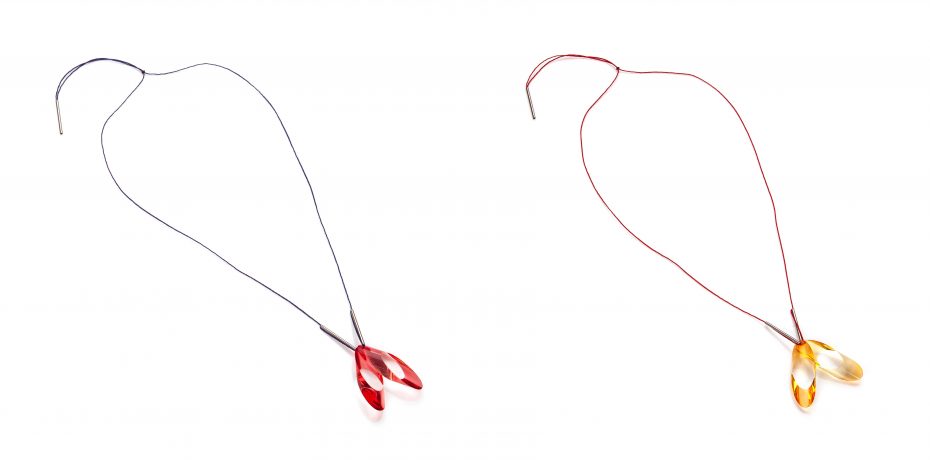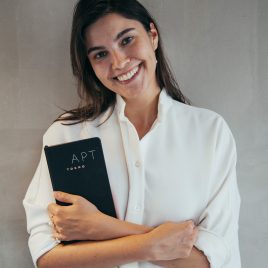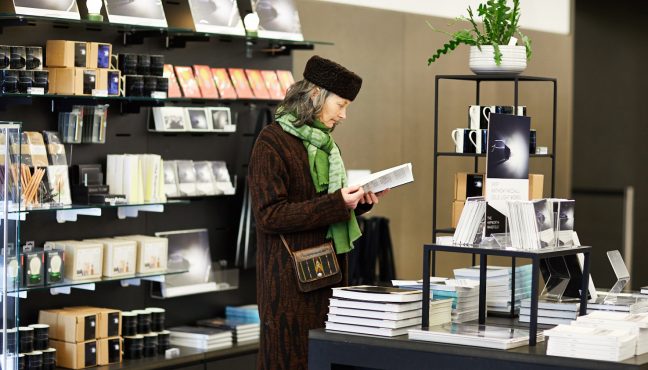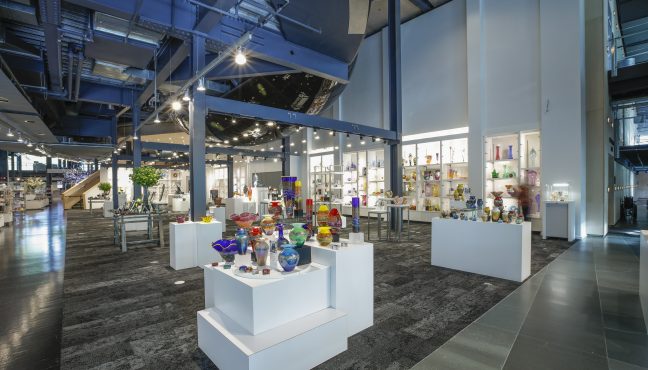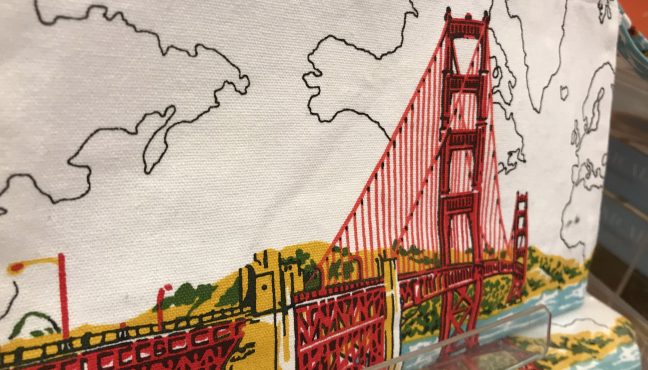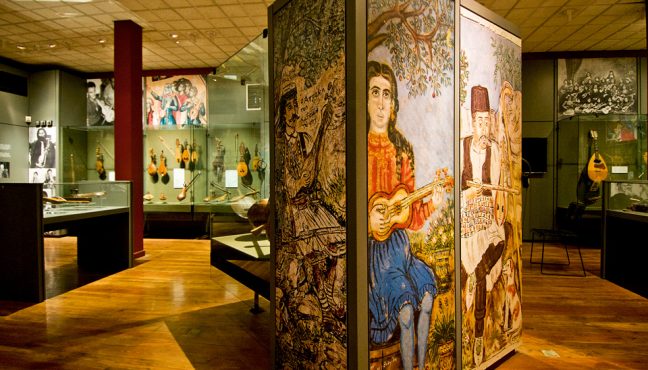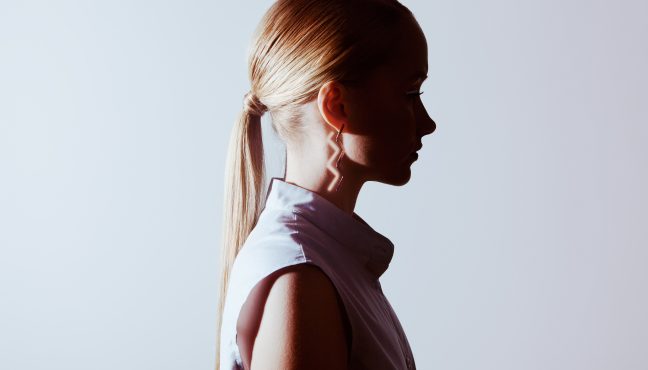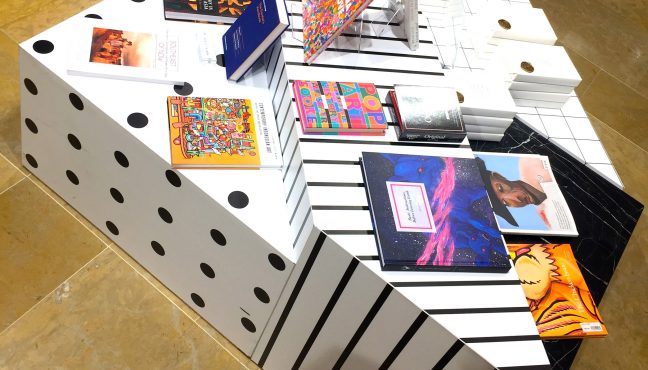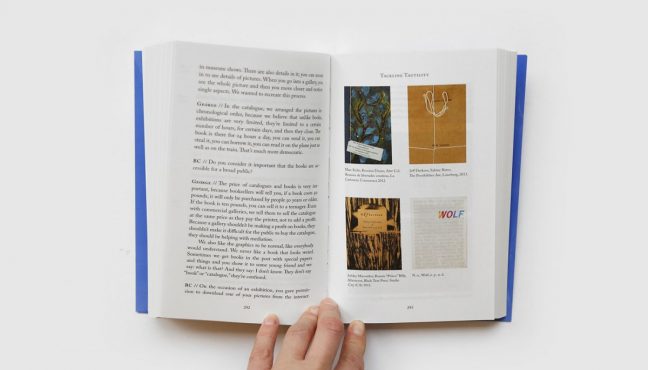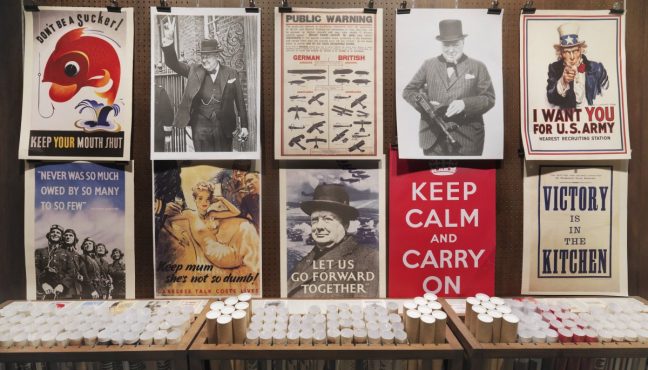The Royal Academy of Arts is a beloved cultural institution for Londoners and art lovers from all over the world. With its groundbreaking exhibitions and vast history the RA is a landmark of the cultural scene in the UK attracting thousands of visitors to its beautiful headquarters at Burlington House, right in the heart of London.
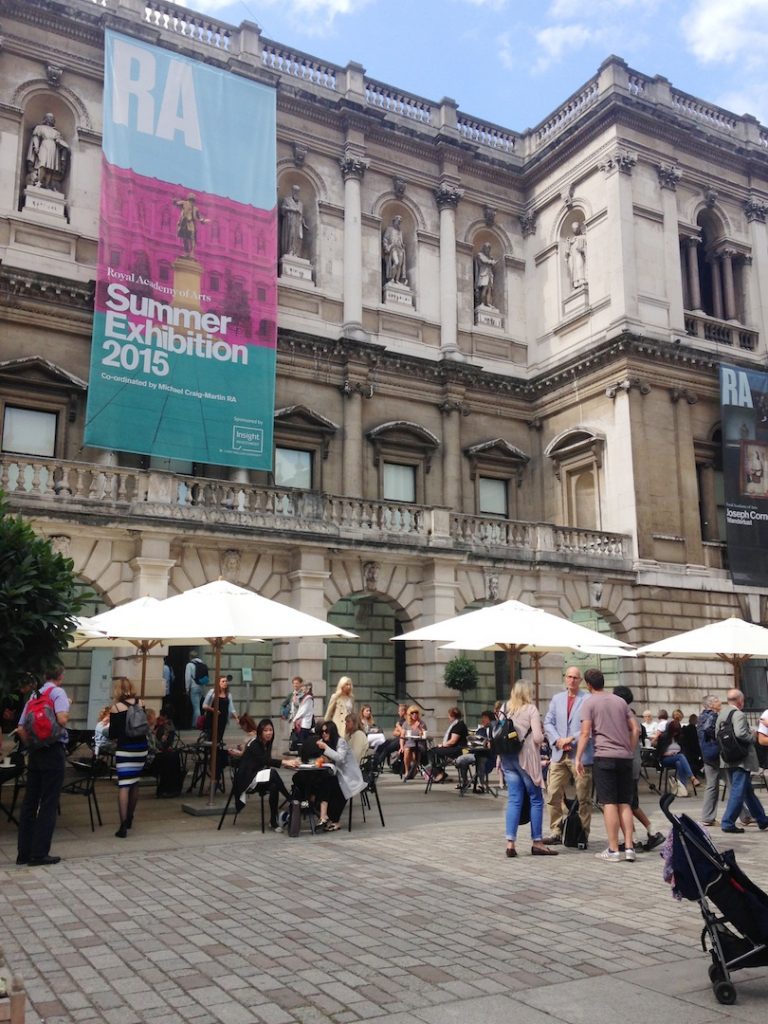
The Academy moved to the Piccadilly area in 1868, 100 years after its creation. It was founded in 1768 through a personal act of King George III and had a mission to promote the arts and design in Britain through exhibition and education. The RA first exhibition, the Summer Exhibition, still remains its hit and is a must-see of the London summer art program. It was first run in 1769 and had 136 artworks on view. The legendary Summer Exhibition is open to all artists to apply for participation and welcomes visitors to purchase artworks, which vary in prices and offer something for everyone. The Royal Academy receives 30% of the purchase price to support its programs.
The Summer Exhibition is a beloved event for many emerging collectors, but the RA offers other options for anyone wishing to buy an affordable art object. For the past 30 years the RA shop has been collaborating with Royal Academicians and notable contemporary artists to create a unique range of gift objects. Museeum spoke to Ella Riley,a Curator for the RA Shop, to find out about the shop’s unique concept and challenges of working with established artists.
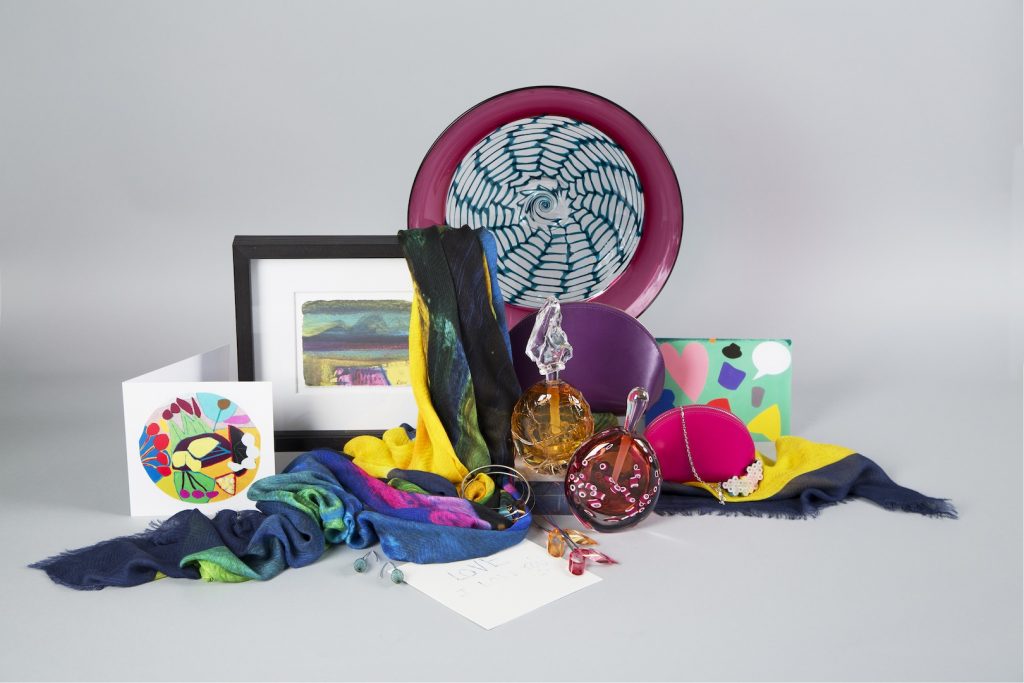
When did the Royal Academy first start collaborating with artists to create design objects and gifts for its shop?
The Royal Academy shop was set up over 30 years ago and has gone from strength to strength over this period, developing ranges to accompany the exhibition program and collaborating with living artists to produce design-led products. The RA shop is known to be a destination shop with unique products designed by contemporary artists.
Can you tell us a little bit about the key steps in the process of such collaboration?
The product development cycle can take you into different directions depending on the artist or the estate you are working with.
Sometimes the buyers will lead the creative direction for the product and submit design layouts for their approval or the artist will create a special design for a specific product. These can be the most successful projects when you have the opportunity to develop unique merchandise which is exclusive to the Royal Academy. Once the design layouts have been signed off by the artist or estate, you can then proceed to the sampling stage. The color proofing and the finishing of the product can be a slow process before it is all finalized. The packaging, ticketing and provenance is also an integral part to the finished product. There needs to be flexibility within the schedule to allow for any re-sampling or delays in production. The buyer also needs to confirm costs, negotiate prices and agree the terms with the supplier. Most projects can take at least 12 months from concept to the launch of the product.
Is it the curatorial team of the Royal Academy who chooses artists for collaborations? Do artists ever approach you themselves with ideas?
As the Senior Buyer it is my responsibility to lead the creative direction and identify newly appointed Royal Academicians that we would like to work with. A visit to the artist's studio is arranged so we can discuss their current work and research their archives. We do have some artists approach us with particular ideas for product and we then need to work through the possibilities and ascertain if it is financially viable.
What is the general attitude of an artist when he or she is invited for such a collaboration?
All artists are very individual and have a different approach to a collaboration. Some artists are happy for us to take the lead and manage the project by sourcing our own suppliers. Other artists like to work with particular designer makers who they have mutual respect and can then embark on a collaborative project. We recently worked with Mali Morris RA on this basis, and producing some beautiful high end jewellery by Marlene McKibbin.
Do you think artists underestimate the creation of design objects, gifts and editions or in contrary see it as a possibility to make their ideas more accessible to the public?
Again, this depends on the artist - some artists are very keen to market themselves and see the exposure of selling merchandise as a very positive experience. However other artists are more interested in creating "one off" pieces or limited editions that are more an extension to their own artwork.
Do you offer artists certain categories within which they can create designs (e.g. mugs, scarfs, pillowcases)? Or do they usually come up with their own ideas?
When introducing a new artist story the buyers will put together the range plan as this will cover a number of categories. Ideas for limited edition product can come from either the buyer or the artist and is usually a very collaborative process.
What have been the most memorable and successful collaborations with artists?
Last year the Royal Academy put on a ground breaking exhibition by the internationally renowned artist, Anselm Kiefer who created new work in direct response to the RA gallery spaces. His large scale paintings, sculptures and monumental installations do not lend themselves to merchandise. Instead Kiefer produced a number of lead aeroplanes, all slightly different in size and design, and were sold as artworks and sold for between £8k-£15k.
What are your personal favorite objects produced by artists among those on display at the RA shop and what are the visitor favorites?
I work on so many projects across so many categories it is difficult to have a favorite. I really enjoyed working with Poole Pottery and Barbara Rae RA over the last three years producing a range of ceramics using her bespoke design. Recently we visited Poole Potteries in Stoke so that Barbara could produce some "one off" hand-painted platters and vases. These will complement the existing range and a great addition to the shop.
We offer a wide range of product; some of the best selling items are scarves and mugs. The best selling poster is by Hockney "The Arrival of Spring" which is always in the bestsellers list for the shop and on-line.
If you could invite a Royal Academician from any century to create any design/object for the shop who and what would that be?
I studied Fine Art at university and specialized in painting and printmaking. I was very influenced by the movement Abstract Expressionism and particularly liked the American artist Jasper Johns, who is an Honorary Royal Academician. I would have liked to develop a luxurious limited edition rug and can envisage a stunning design using his USA motifs in bold colors.
